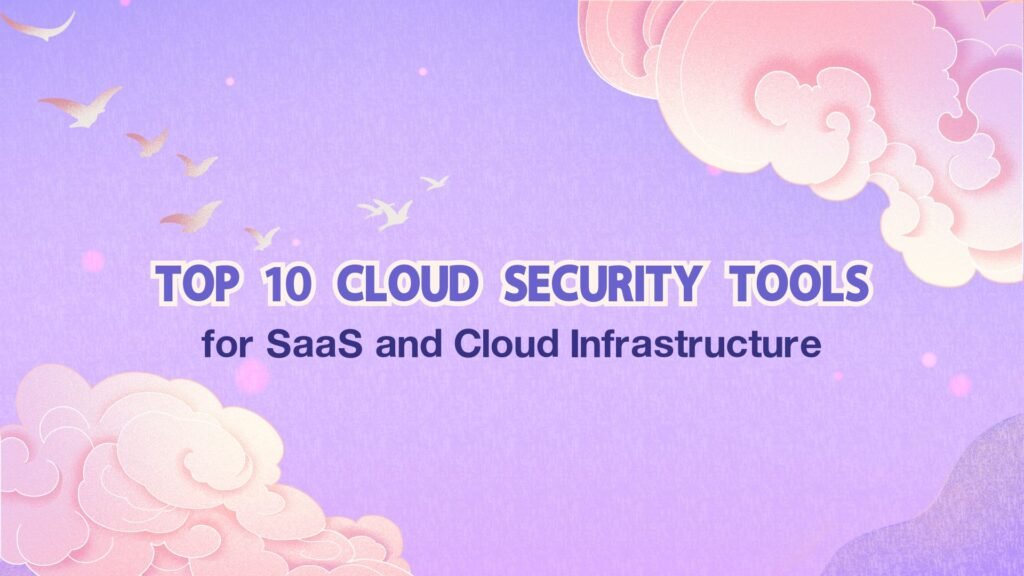
In recent years, more businesses have moved their operations to the cloud. From storing files to running applications and managing customer data, the cloud offers flexibility, cost savings, and easy access. However, with all these benefits come serious risks. Cyber threats like data breaches, misconfigurations, and unauthorized access are common problems in cloud environments.
To protect sensitive information and ensure secure cloud operations, companies use cloud security tools. These tools help monitor cloud services, detect threats, manage access, and keep systems compliant with regulations. Below are some of the most reliable and widely used cloud security tools for protecting Software-as-a-Service (SaaS) and cloud infrastructure.
- Palo Alto Prisma Cloud
- Check Point CloudGuard
- Lacework
- Trend Micro Cloud One
- Microsoft Defender for Cloud
- AWS Security Hub
- Google Cloud Security Command Center (SCC)
- McAfee MVISION Cloud (Skyhigh Security)
- Zscaler
- Sysdig Secure
1. Palo Alto Prisma Cloud
What it does: Complete cloud-native security platform
Prisma Cloud offers a wide range of features for securing public cloud platforms like AWS, Azure, and Google Cloud. It provides visibility into workloads, containers, and serverless apps. One of its strong points is runtime protection, which detects and blocks threats while applications are running.
Key Features:
- Cloud security posture management (CSPM)
- Real-time threat detection
- Compliance monitoring
- Identity and access management (IAM) analysis
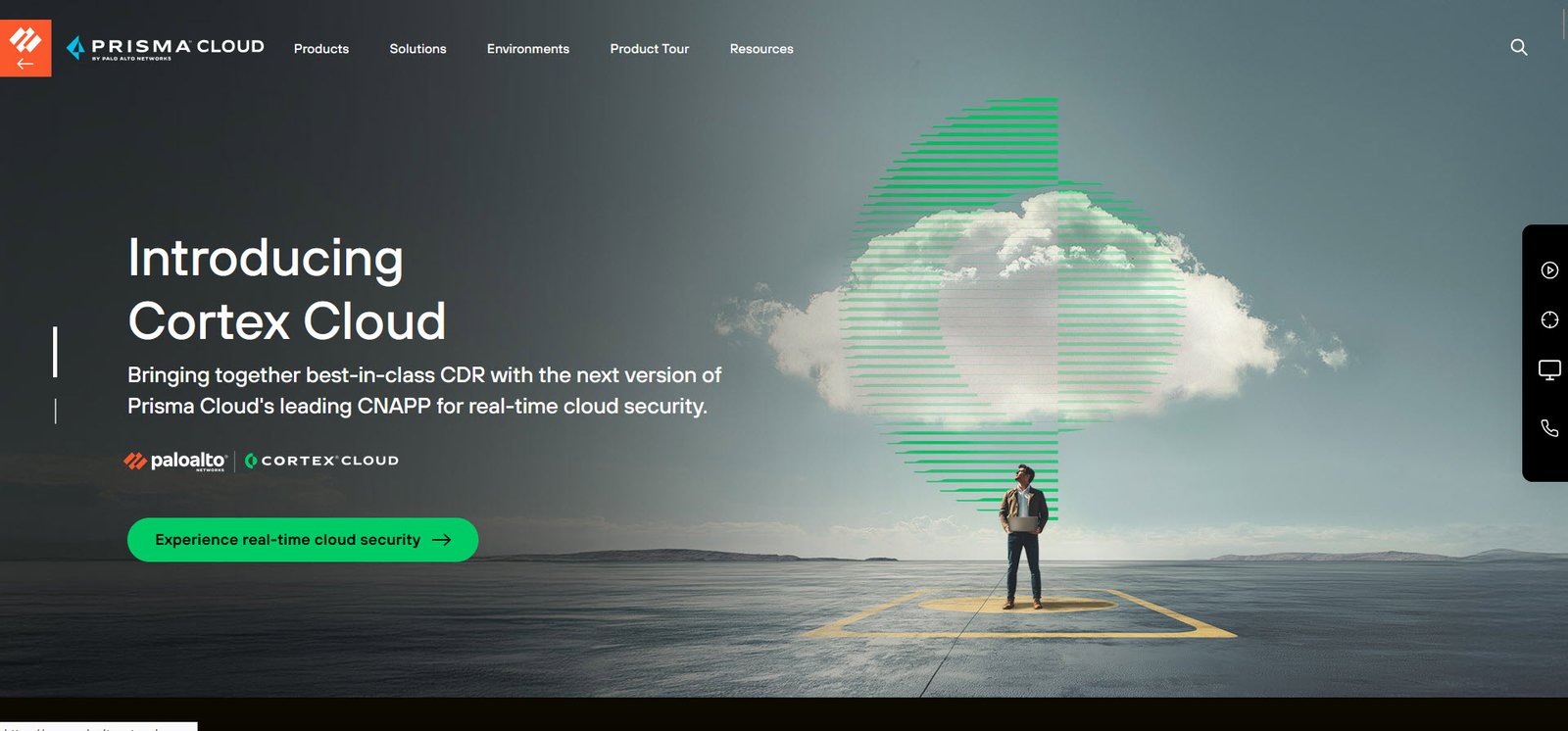
2. Check Point CloudGuard
What it does: Threat prevention for cloud environments
CloudGuard protects both SaaS and Infrastructure-as-a-Service (IaaS) systems. It focuses on threat prevention, compliance enforcement, and secure access. It integrates well with major cloud platforms and helps in managing security policies from a central dashboard.
Key Features:
- Firewall and threat intelligence
- API security
- Container and Kubernetes protection
- Posture management and automation
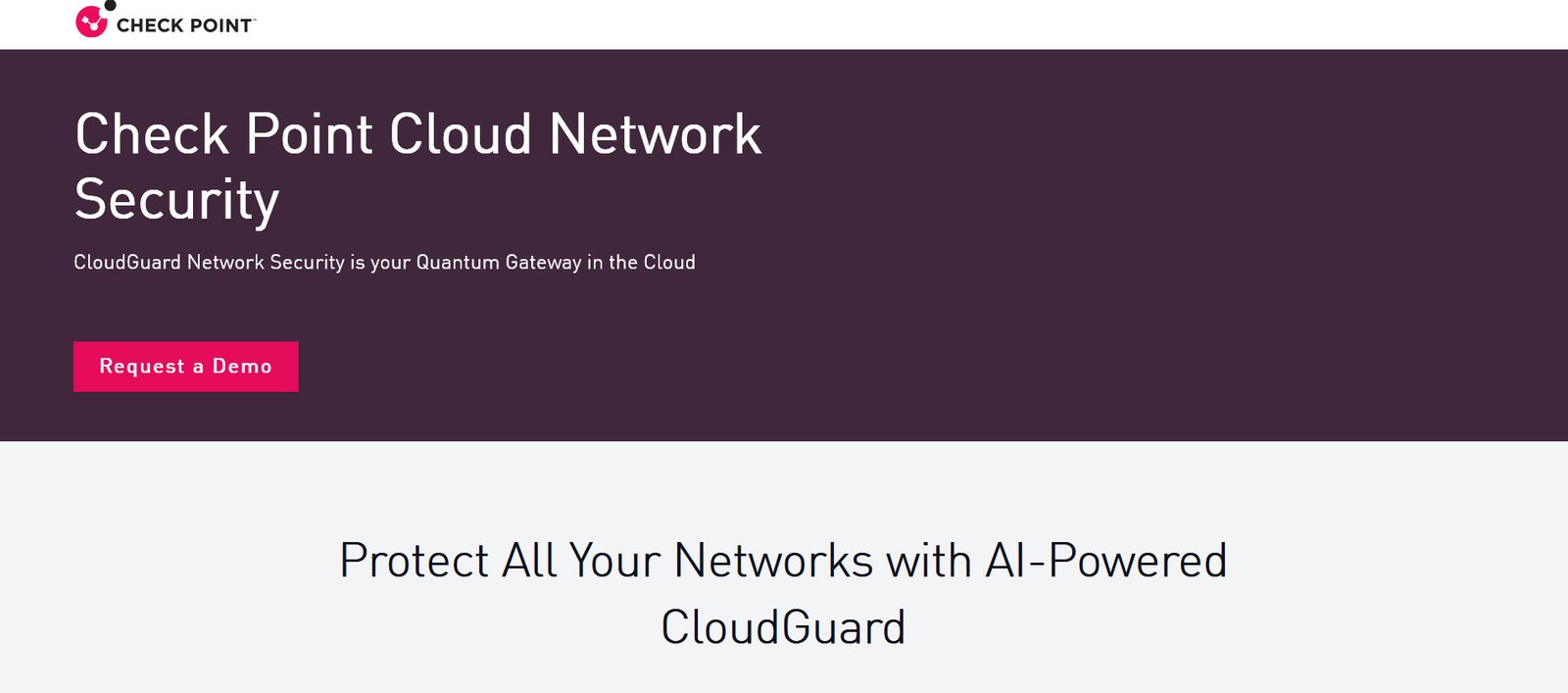
3. Lacework
What it does: Security and compliance automation
Lacework is known for its simplicity and automation. It helps businesses detect unusual activity by using behavior-based monitoring. It’s great for teams that want to reduce manual work and still keep a close eye on cloud activity.
Key Features:
- Anomaly detection using machine learning
- Real-time alerts
- Compliance reporting (SOC 2, HIPAA, PCI)
- Coverage for containers and multi-cloud environments
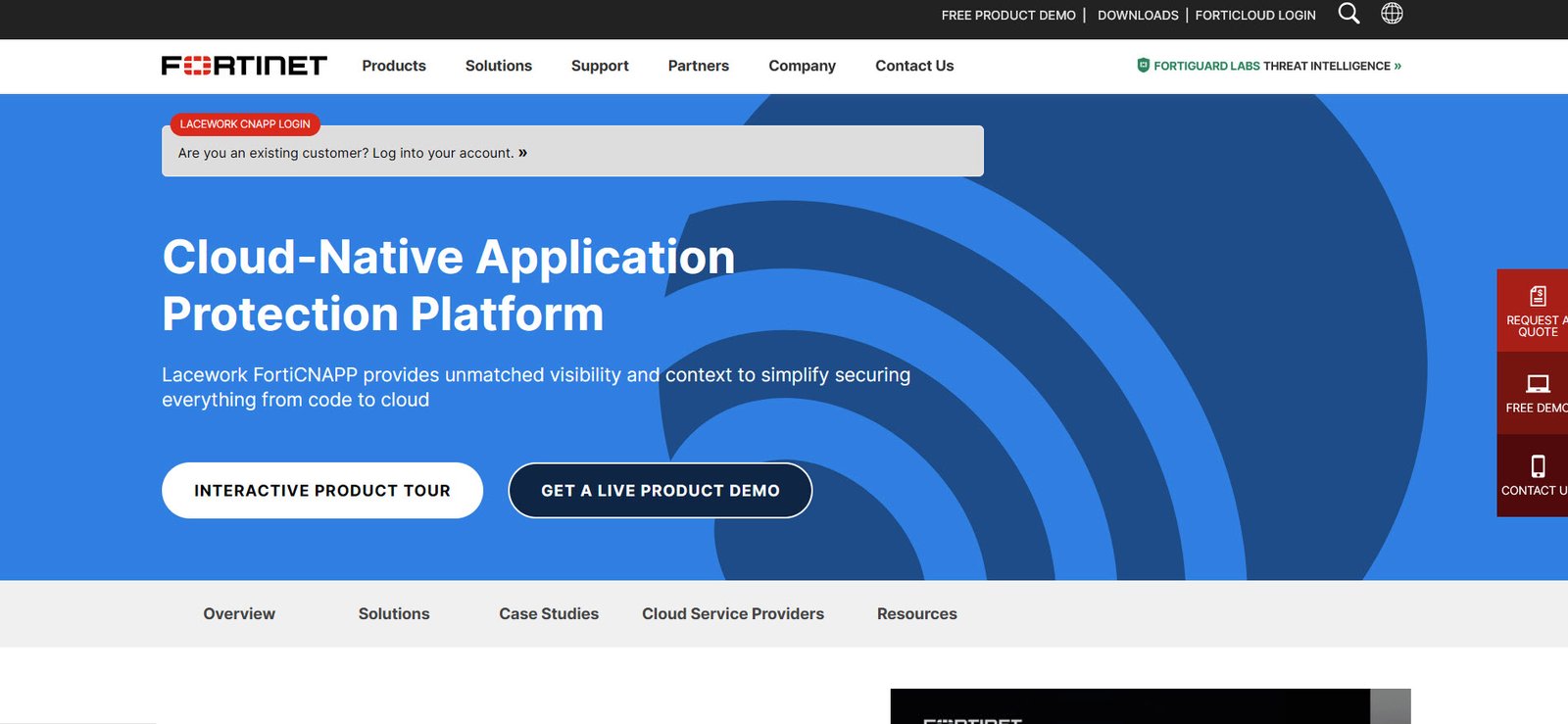
4. Trend Micro Cloud One
What it does: Security services for cloud builders
Trend Micro Cloud One includes several tools bundled into one platform—covering workloads, containers, files, and more. It’s designed for DevOps teams and developers who want to embed security directly into their workflows without slowing down deployment.
Key Features:
- Workload and container security
- Cloud storage malware scanning
- Infrastructure as code (IaC) scanning
- Integration with DevOps tools
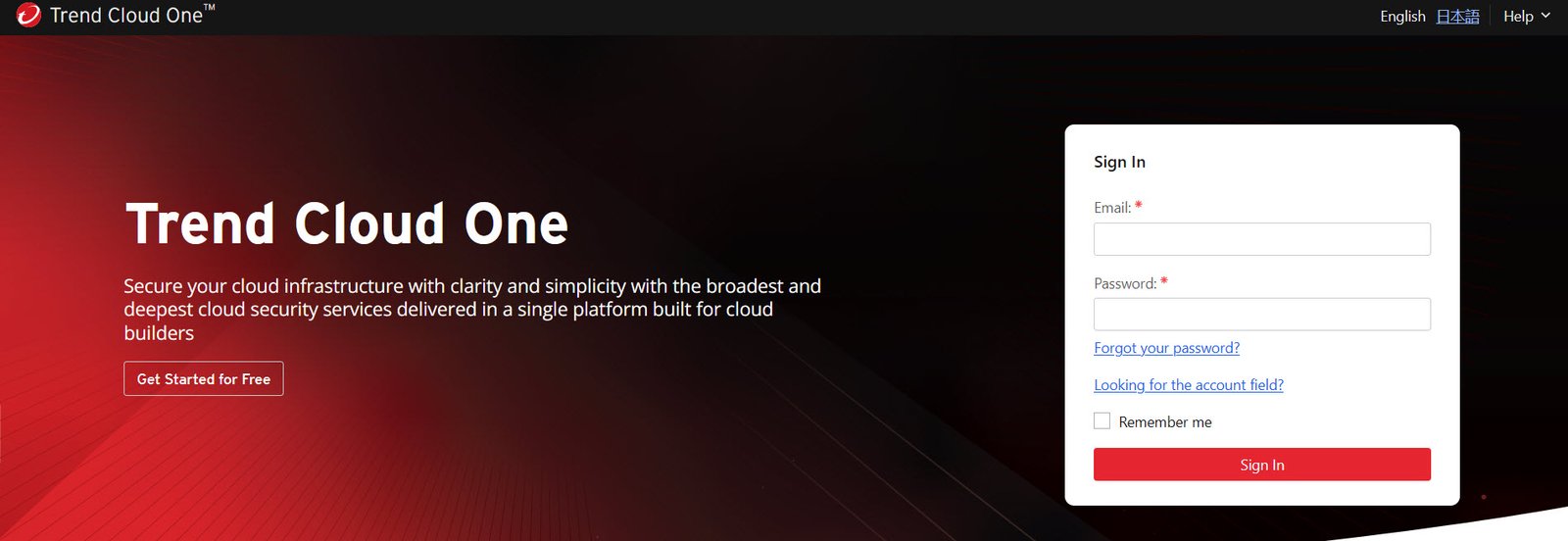
5. Microsoft Defender for Cloud
What it does: Native security for Microsoft Azure
This tool is built into Azure, but it also supports AWS and Google Cloud to some extent. It gives deep visibility into your cloud setup and helps you identify weak points. Defender for Cloud is ideal for organizations using Microsoft products and looking for a seamless experience.
Key Features:
- Threat detection and security alerts
- Just-in-time VM access
- Security score dashboard
- Multi-cloud and hybrid security support
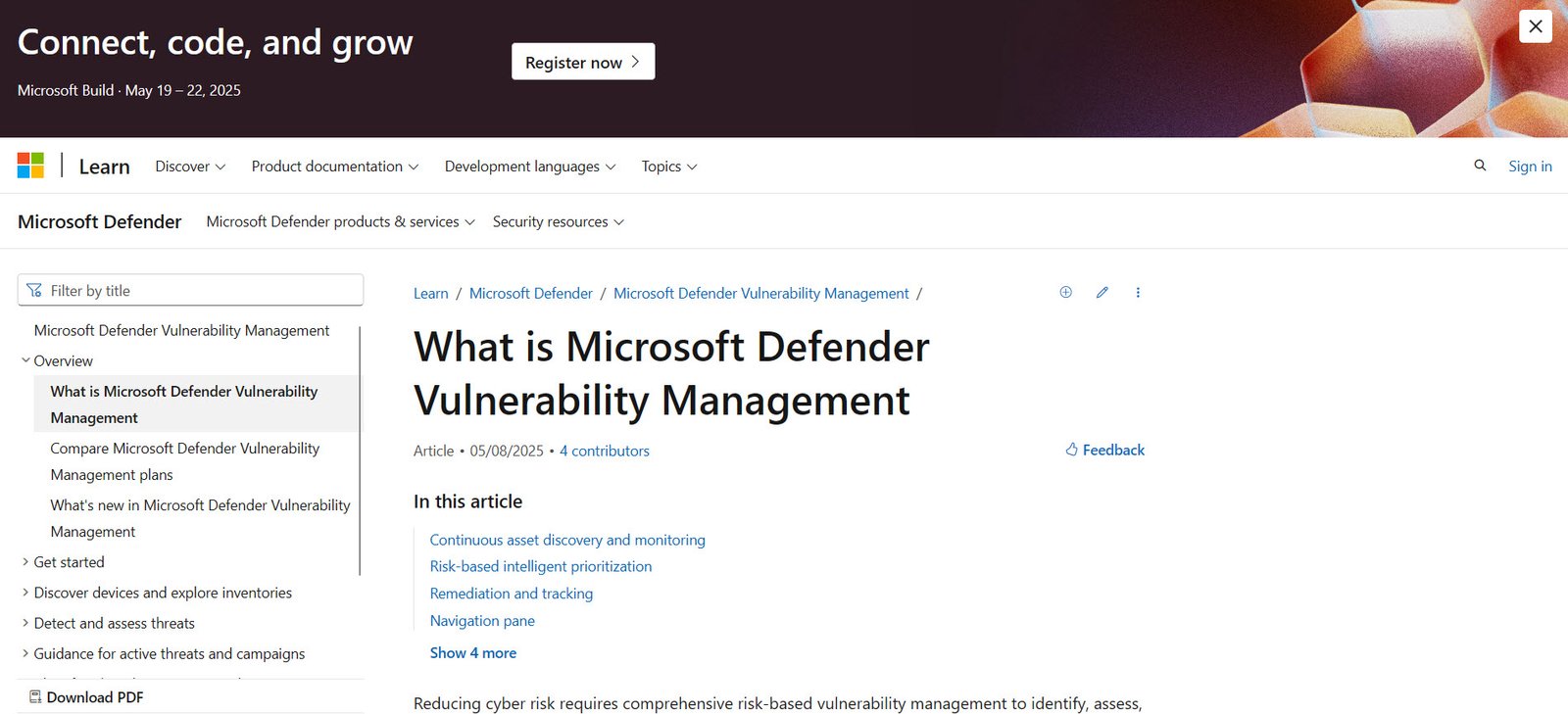
6. AWS Security Hub
What it does: Centralized view of AWS security
For businesses using Amazon Web Services, Security Hub provides a single location to manage security findings across different AWS accounts and services. It collects data from tools like GuardDuty, Macie, and Inspector to help you stay on top of threats.
Key Features:
- Continuous compliance checks
- Integration with third-party tools
- Security standards (CIS AWS Benchmarks)
- Automated response with AWS Lambda
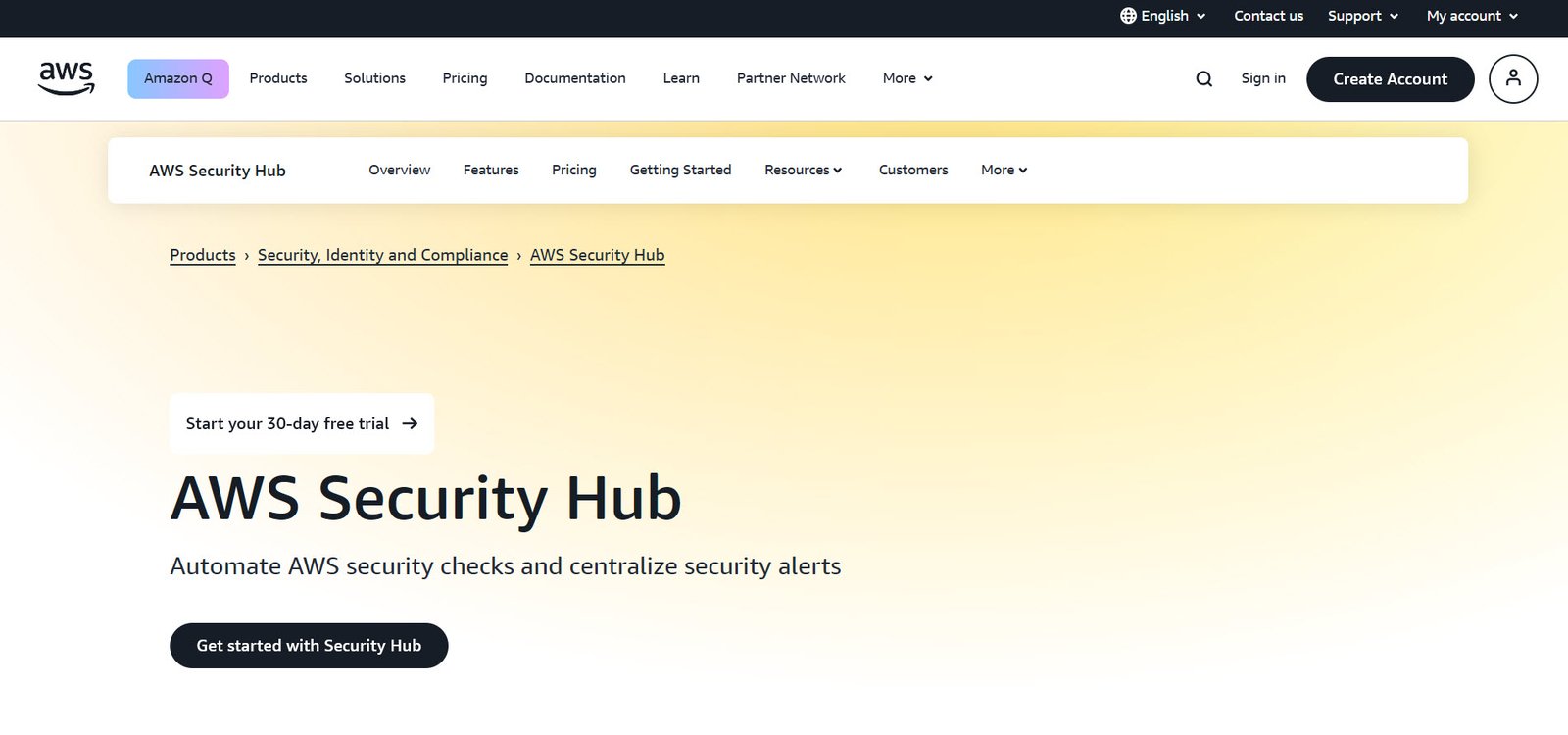
7. Google Cloud Security Command Center (SCC)
What it does: Security and risk management for GCP
This is Google’s built-in cloud security tool for identifying threats, misconfigurations, and vulnerabilities across your Google Cloud services. It’s especially helpful for organizations that need visibility and threat intelligence in GCP environments.
Key Features:
- Asset discovery and monitoring
- Policy violation detection
- Threat detection (container scanning, DLP)
- Integration with Chronicle and VirusTotal

8. McAfee MVISION Cloud (Skyhigh Security)
What it does: Cloud access security broker (CASB)
McAfee MVISION Cloud, now part of Skyhigh Security, acts as a gatekeeper between users and cloud services. It helps prevent data loss, enforces policies, and provides detailed visibility into user activity on SaaS apps like Microsoft 365, Google Workspace, Salesforce, and more.
Key Features:
- Data Loss Prevention (DLP)
- Shadow IT discovery
- Policy control and enforcement
- Risk scoring of cloud applications
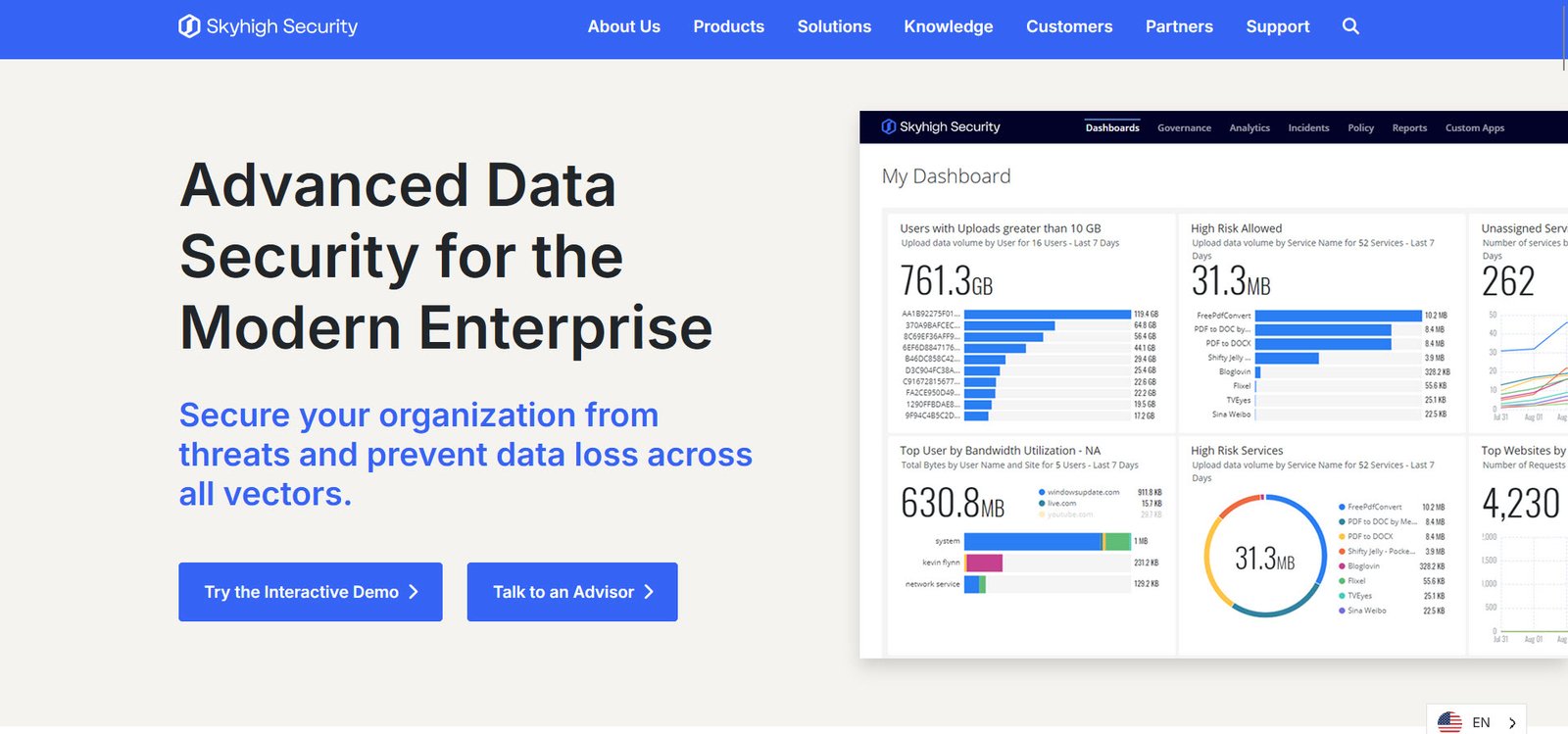
9. Zscaler
What it does: Secure access to cloud apps
Zscaler offers secure access to the internet and cloud services without using traditional VPNs. It’s based on a Zero Trust model, meaning no user or device is trusted by default. It protects users from malware and data leaks when they access cloud apps from anywhere.
Key Features:
- Zero Trust Network Access (ZTNA)
- SSL inspection
- Data loss prevention
- Threat protection for SaaS traffic
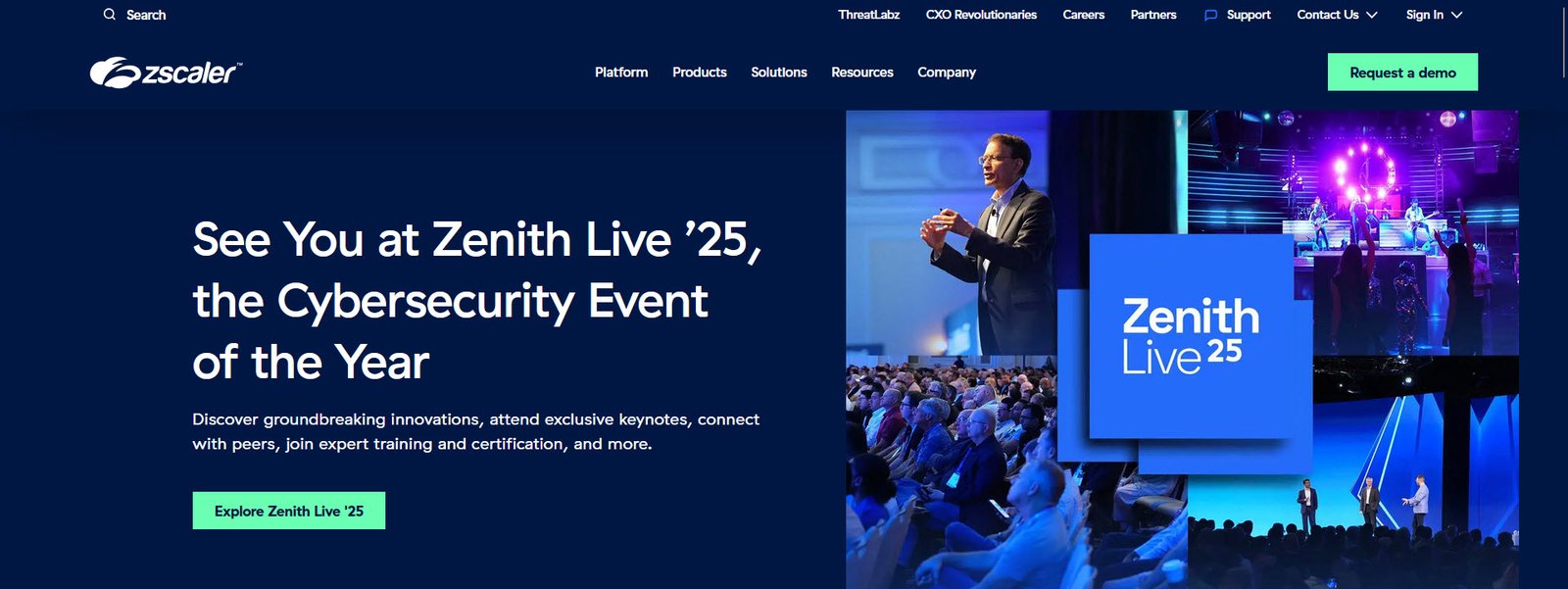
10. Sysdig Secure
What it does: Container and Kubernetes security
Sysdig Secure is ideal for businesses using containers and Kubernetes. It provides runtime protection, image scanning, and security policies to keep container environments safe. Developers can also use it during the CI/CD pipeline to fix issues before deployment.
Key Features:
- Runtime threat detection
- Container and image scanning
- Kubernetes auditing and compliance
- Integration with Prometheus and Grafana
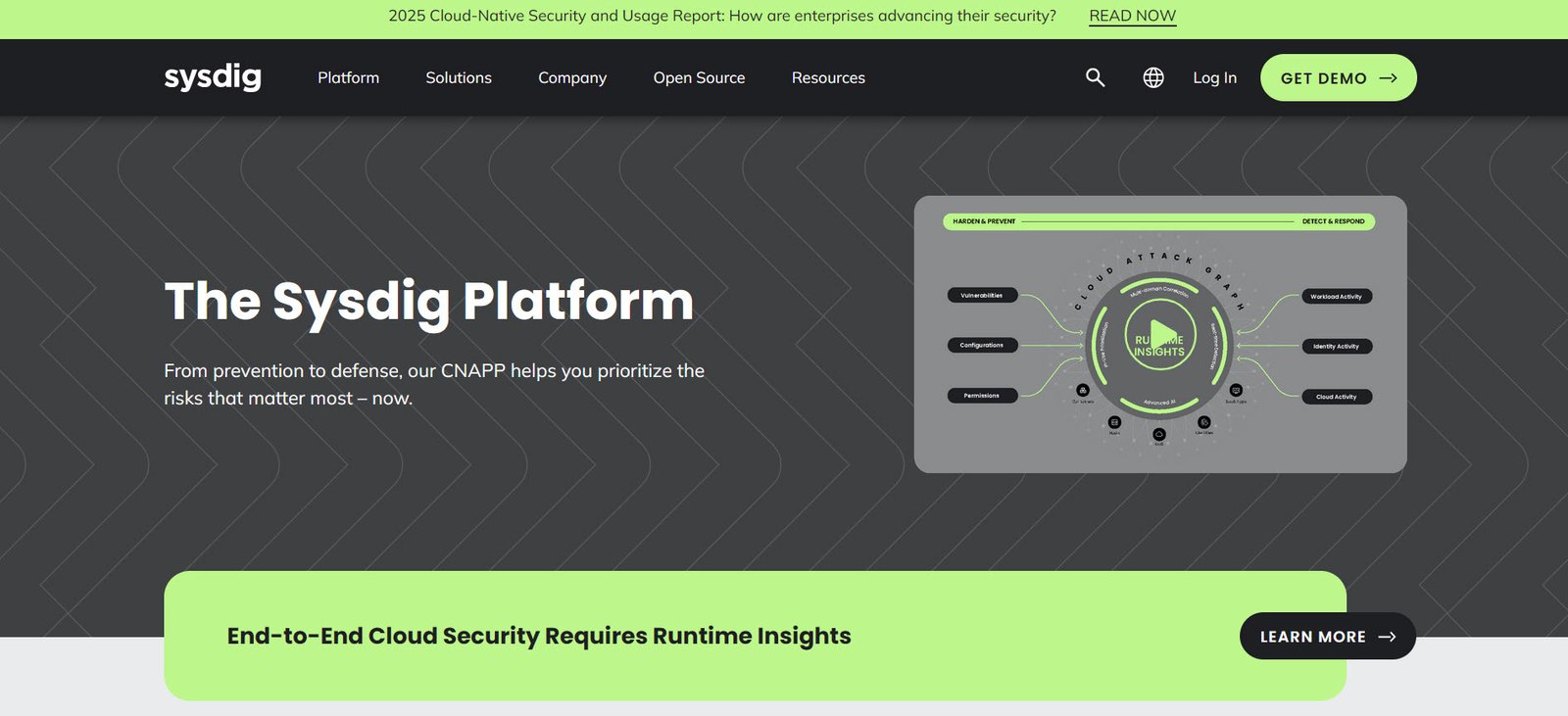
Final Thoughts
Cloud security is no longer optional. As businesses shift their data and applications to cloud environments, the attack surface grows. It’s also important to combine these tools with good practices such as regular audits, employee training, and proper access control. Tools help, but human awareness and responsibility complete the picture.








